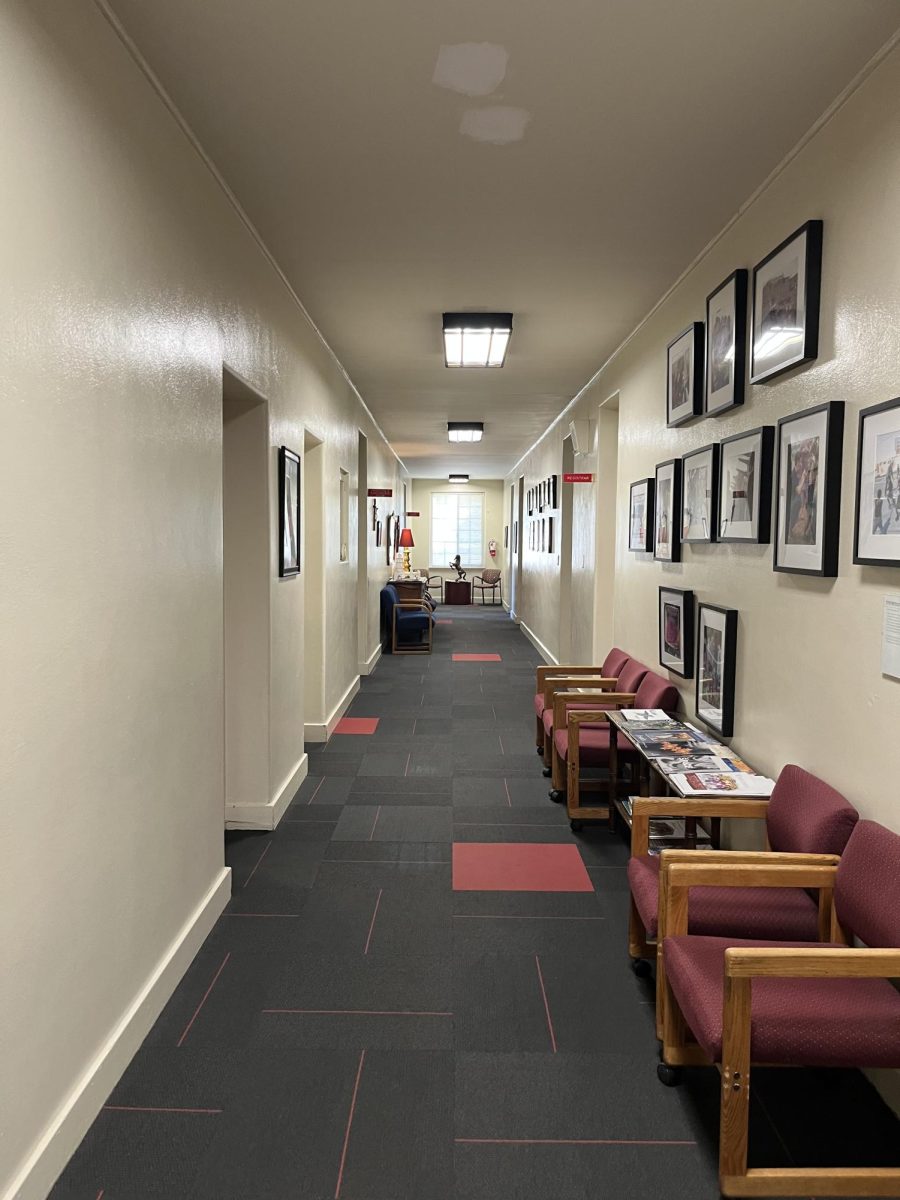By Josh Galvin ’13
THE ROUNDUP
 With the holiday season encroaching upon the consumer world once more, corporations have begun to flood the market with a new round of the latest gadgets.
With the holiday season encroaching upon the consumer world once more, corporations have begun to flood the market with a new round of the latest gadgets.
Yet while HDTVs, Apple products and other high-demand electronics remain at the top of lists around the globe, the fourth quarter also serves as a reminder that not all products live up to their hype.
Take, for example, Amazon.com’s Kindle Fire: the newest – and most anticipated – iteration in website’s e-book lineup.
The Kindle Fire, which was released Monday, Nov. 14, marks the online marketplace’s first foray into the realm of tablets – compact, touch-sensitive hybrids between smart phones and conventional PCs.
Although preliminary reception of the Fire was primarily warm and it was billed as competition for Apples iPad, initial buyers have since reconsidered.
At first, this may be difficult to swallow. After all, on paper the Kindle Fire seems like a completely adequate addition to the Kindle series, featuring a dual core processor, full color 7-inch display, web browsing, stock Android 2.3 OS and access to millions of apps all for $200.
According to The New York Times, many Fire owners have uncovered many crippling flaws on their devices, the most frequent being the unresponsive touch screen, cumbersome to all users “whose fingers are not as slender as toothpicks.”
Other complaints include an inconveniently positioned power button, slow web browser speeds and no external volume adjuster.
Mr. Jakob Nielsen, a member of one Silicon Valley consulting firm and a product usability analyst, told the newspaper that unless Amazon addresses these issues soon, it will spell doom for the Fire in the upcoming winter months and beyond.
However, this may not be true of another popular e-book reader.
Barnes and Noble, the largest bookseller in the United States, released the Nook Tablet on Nov. 17 (perhaps in response to the Kindle Fire). And while the previous Nooks have taken a backseat in sales to the Kindle, the company is now in a position to usurp Amazon’s throne.
For starters, Barnes and Noble has landed deals with Pandora Internet Radio, Netflix, Hulu and more, allowing for a lot of entertainment on one $250 device.
According to Barnes and Noble’s website, the Nook Tablet also has twice the starting memory (16 GB expandable to 32), a 35 percent longer battery life and a larger, more varied content catalog than the Fire.
Add the fact that Nook users can bring in their tablets to any Barnes and Noble bookstore for free customer service, and the device becomes a serious contender in the 2011 holiday race.
Whether Amazon will succeed in mending most of the Fire’s shortcomings out of the gate remains to be seen, but all hope is not lost for the e-reader giant. After all, if the success of the Fire’s predecessors is any indication, the tablet remains in good hands.











